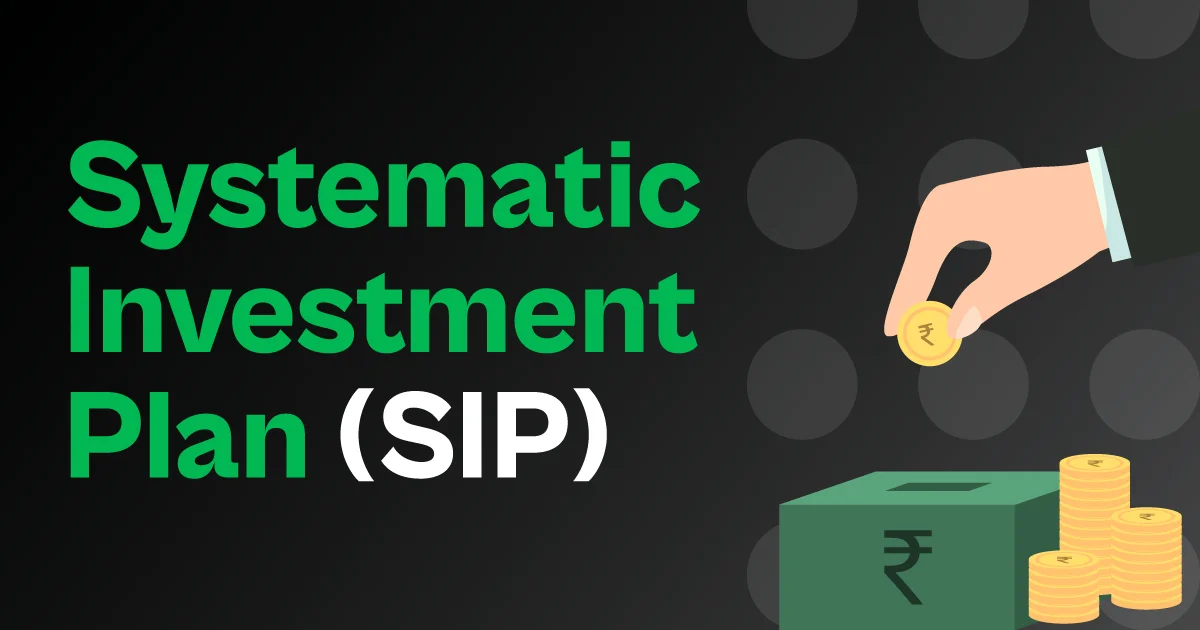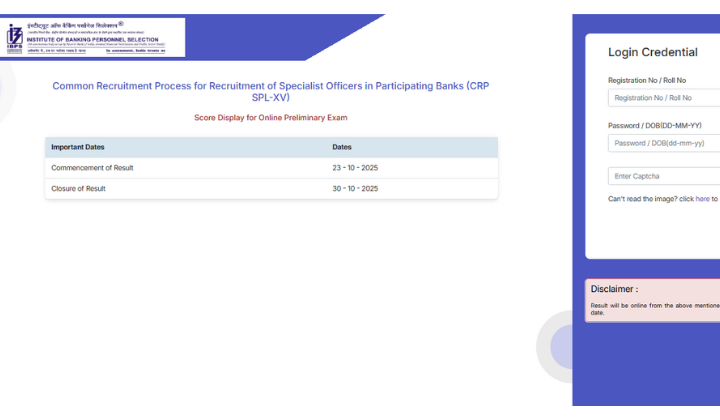Now Reading: SIP Investment Explained: A Simple Guide for First-Time Investors
-
01
SIP Investment Explained: A Simple Guide for First-Time Investors
SIP Investment Explained: A Simple Guide for First-Time Investors

If you’re new to investing and looking for a simple, disciplined way to grow your savings, a SIP (Systematic Investment Plan) might be the right start. Especially in Tier 2 cities where awareness of mutual funds is steadily rising, SIP offers a low-risk entry into the world of market investments — without the need for expert-level financial knowledge or a big lump sum.
What Is a SIP?
A SIP is a method of investing in mutual funds where you invest a fixed amount regularly — usually monthly or quarterly. Instead of putting in a large sum all at once, SIP helps build your wealth gradually over time through small, consistent investments.
This method is often preferred by salaried individuals or small business owners who want to start investing with amounts as low as ₹500 per month.
How Does a SIP Work?
When you start a SIP, a fixed amount is automatically debited from your bank account and invested in a mutual fund of your choice. You receive units of the fund based on that day’s market rate (called NAV – Net Asset Value).
Over time, you buy units at different market prices — sometimes low, sometimes high. This approach is known as rupee cost averaging and helps reduce the impact of market volatility.
Benefits of SIP
- Disciplined Investing – Encourages regular saving habits.
- Power of Compounding – Returns on your investment earn more returns if you stay invested for the long term.
- No Need to Time the Market – SIP works in both rising and falling markets.
- Affordable for Everyone – You don’t need a large sum to begin.
- Flexible and Transparent – You can increase, pause, or stop your SIP any time.
Why SIPs Matter in Tier 2 India
For many in Tier 2 cities, SIPs offer a smart way to begin financial planning. With growing digital access and user-friendly investment apps, even those with limited financial exposure can begin building wealth steadily.
Unlike fixed deposits or chit funds, SIPs offer potentially higher returns over the long term — especially for goals like children’s education, home buying, or retirement.
Things to Keep in Mind
- Choose the right mutual fund based on your risk appetite and financial goals.
- Stay invested for at least 5–7 years to see the true benefits.
- Always review fund performance annually, but avoid panicking during short-term market dips.
- Don’t stop SIPs during market downturns — they are when you get more units at lower prices.
Conclusion
SIP is not just an investment tool — it’s a habit that builds wealth over time. Whether you’re a working professional, a homemaker with savings, or a young entrepreneur, starting early and staying consistent can help you reach your financial goals without stress. In a growing India, SIPs are a smart and simple way to secure your future
























